Environment
Kenilworth Square is not just a historic and cultural location but also a vibrant oasis of biodiversity. The Square contains an astonishing variety of trees, mostly planted from the 1860s when the houses were built, and they are magnificently mature today. Species include Lombardy Pines, Black Pines, Small-Leaf Limes (which are great for bees), Elms, Beech, Yew, Ash, Oak, Cherry Laurels (laid out as a border for the original Lawn), and the impressive Californian Redwood, which was introduced into Ireland in 1862 and was the height of fashion at the time.
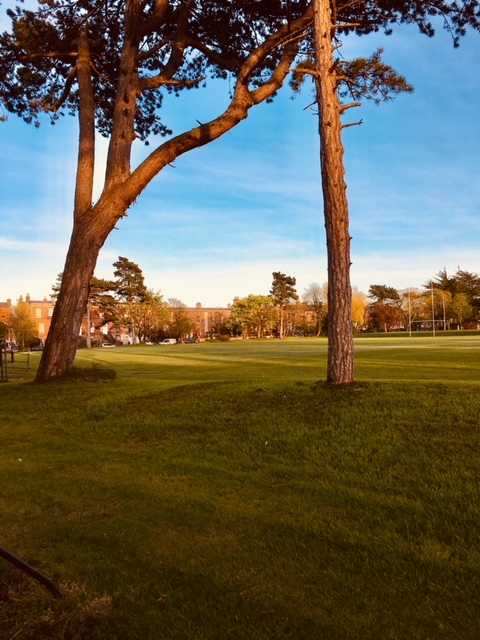
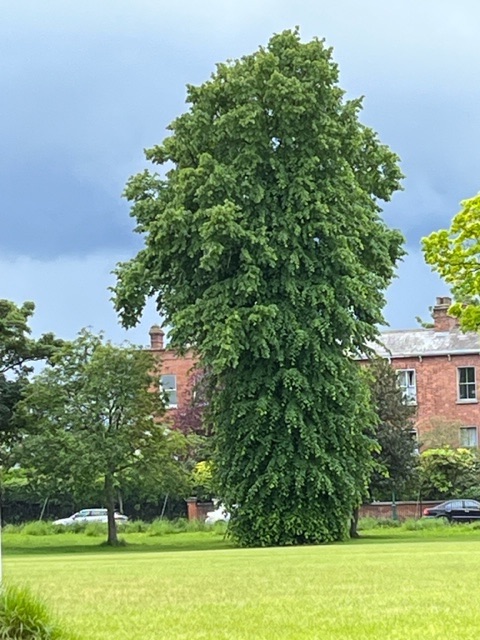
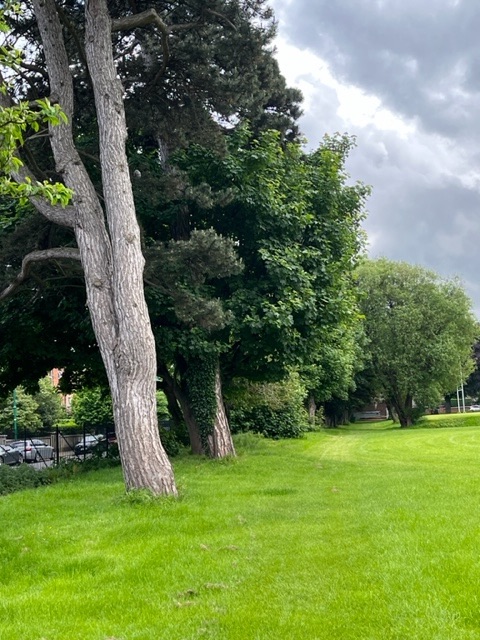
Trees have an important role to play for water drainage and the prevention of surface flooding within the Square. Rain hits the ground more forcefully in areas without tree cover. A canopy of leaves, branches and trunks slows the rain before it reaches the ground, a process known as interception. This interception by trees can extend the impact of a rainstorm over a longer period, allowing up to 30% of the water to evaporate directly from the canopy back into the atmosphere, without ever touching the ground. Even in winter, trees can intercept and re-evaporate rainfall, though to a lesser extent. Root systems facilitate faster water penetration into the soil beneath and around trees, reducing surface run-off and enhancing soil water storage.
The numerous trees encircling the perimeter of the Square are vital for maintaining biodiversity and effective water drainage.
Birds
This large urban square also offers a sanctuary for a variety of wildlife and is home to an impressive range of bird species. From the melodic songs of robins, blackbirds, finches and wood pigeons, to the striking sight of sparrow hawks flitting through the trees, birdwatchers will find Kenilworth Square a delightful place to visit. Seagulls are a regular feature on the grass in the late evenings, feeding on moths, crane flies and leatherjackets. During spring and summer the air is alive with the sounds of these avian inhabitants, providing a soothing natural soundtrack for visitors.
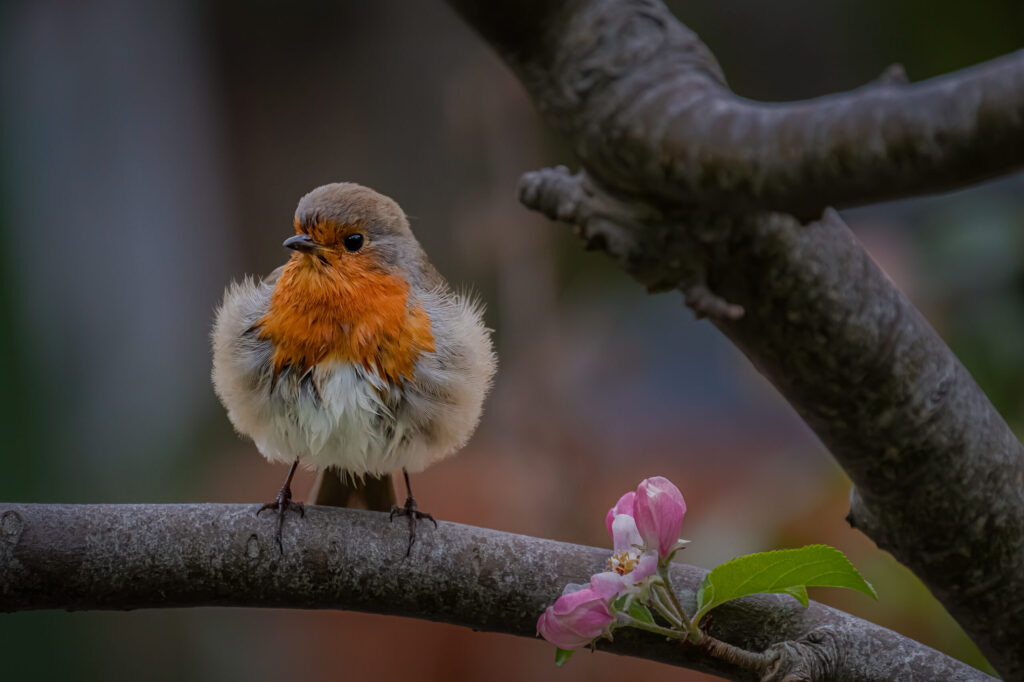
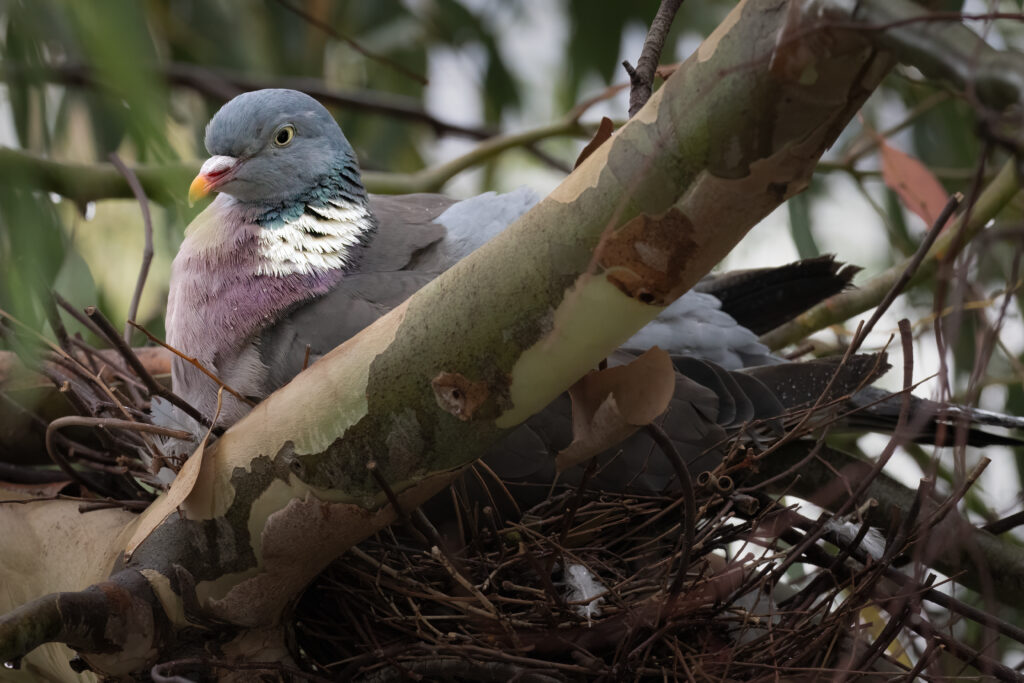
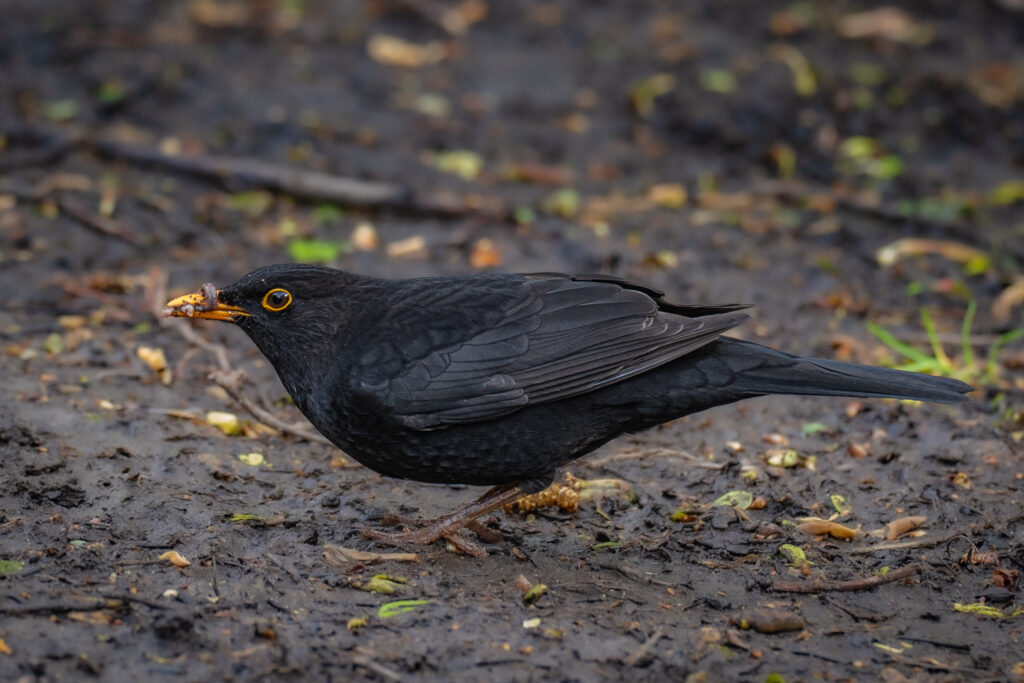
Bees
Bees are also vital residents of Kenilworth Square, playing a crucial role in pollinating the many flowers and plants that enrich the area. The sight of bees busily working among the vibrant blooms is a testament to the healthy, thriving ecosystem of the Square. Their presence highlights the importance of maintaining such green spaces within urban environments, ensuring that pollinators can continue their essential work.
Insects
The insects of Kenilworth Square contribute significantly to local biodiversity, playing crucial roles in maintaining ecological balance. These diverse species support pollination, aiding in the reproduction of native plants, while others help decompose organic matter, enriching the soil. Together, these insects create a vibrant ecosystem, supporting birds, bats and other wildlife, and enhancing the resilience of the environment. Their presence is essential for sustaining the health and biodiversity of Kenilworth Square.
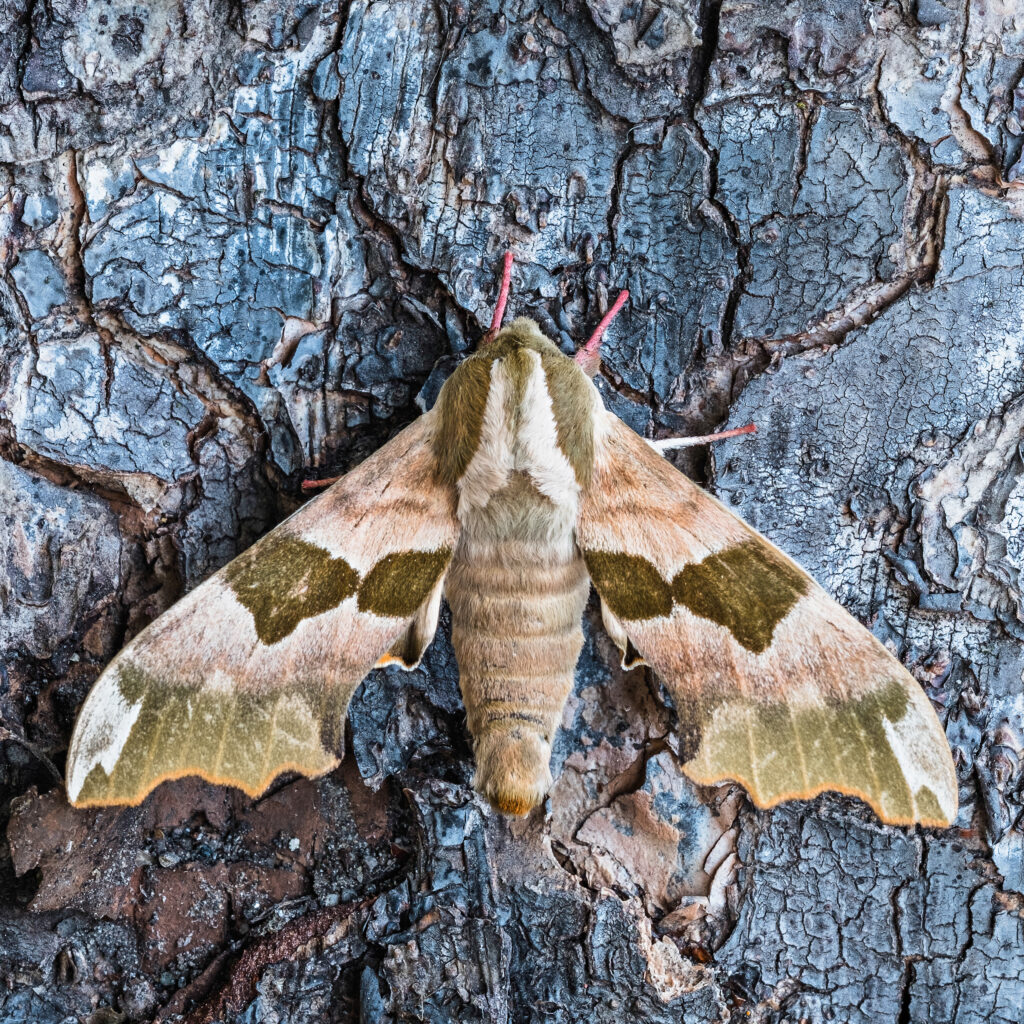
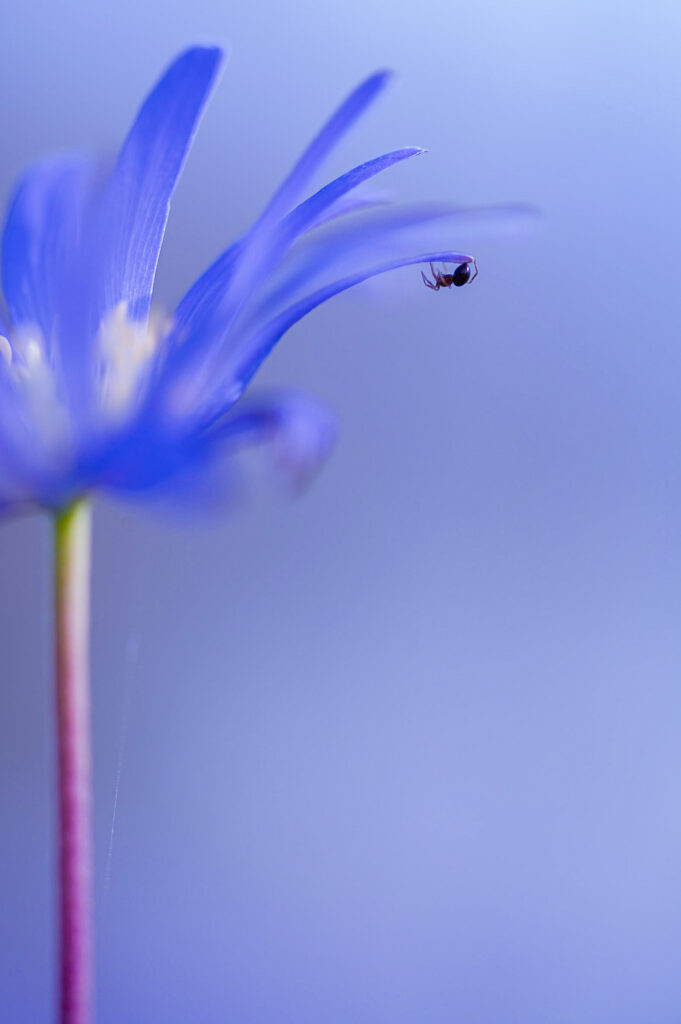
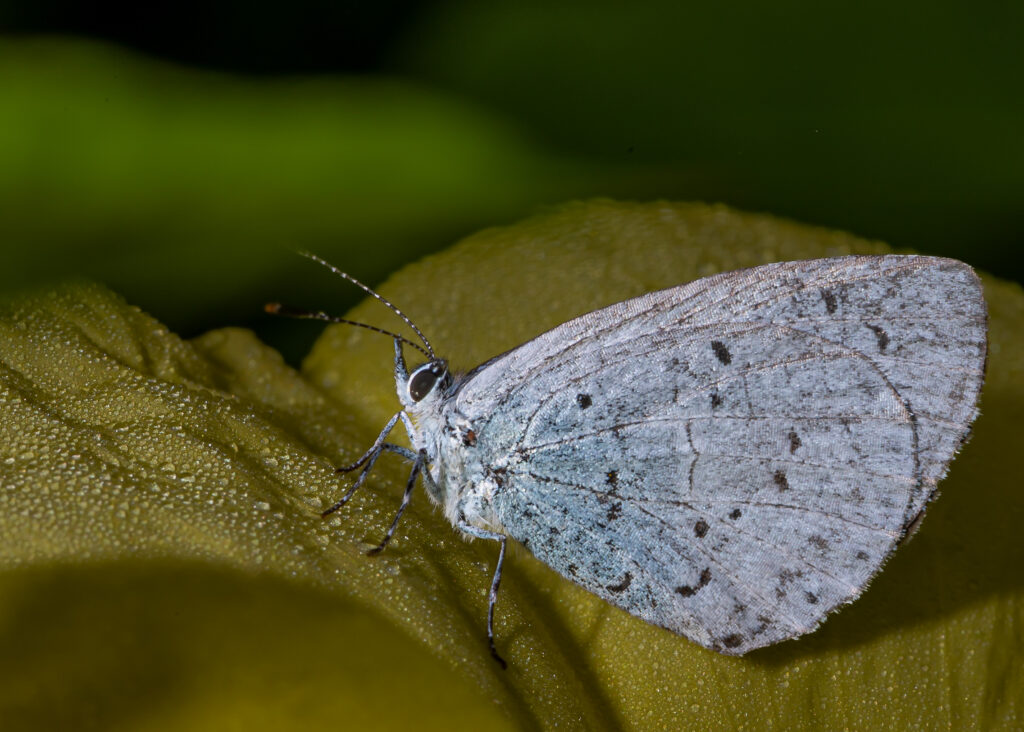
Squirrels
The Square is home to a lively population of squirrels, who have established themselves as an integral part of its ecosystem, co-existing harmoniously with the people who enjoy the square. These agile creatures can often be seen darting up and down the mature trees that line the perimeter. Sometimes a squirrel can be seen crossing the road in the hope of finding a snack in a resident’s garden. Their playful antics and energetic chases provide endless entertainment, making them a beloved and integral part of the charm of the Square.
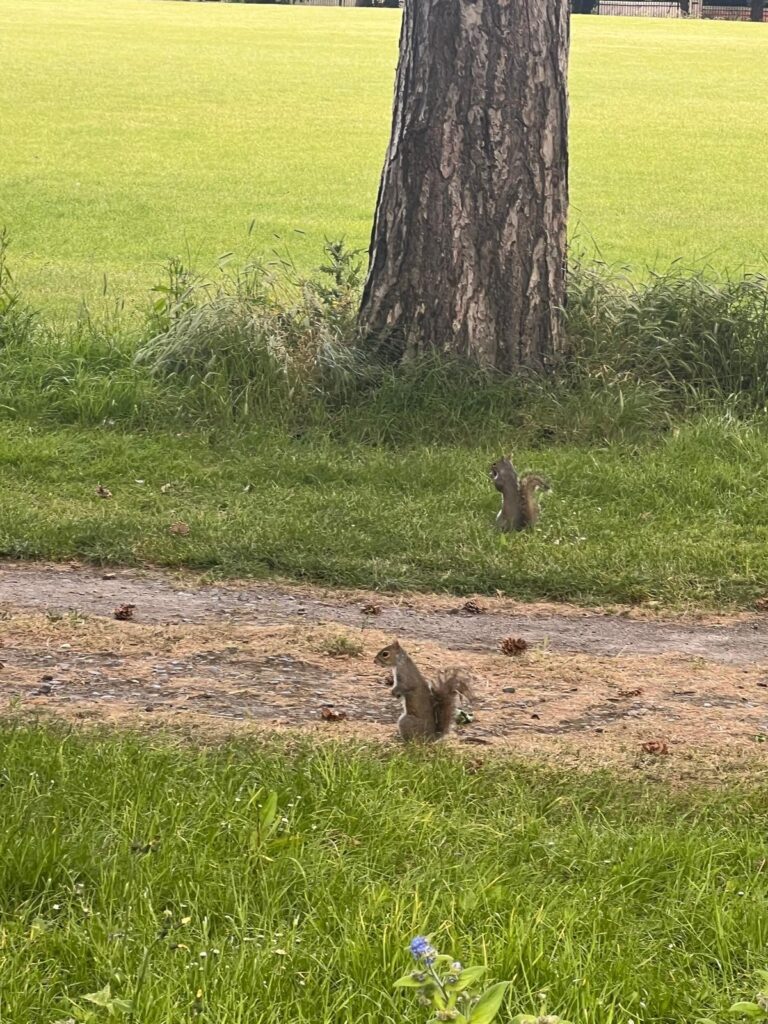
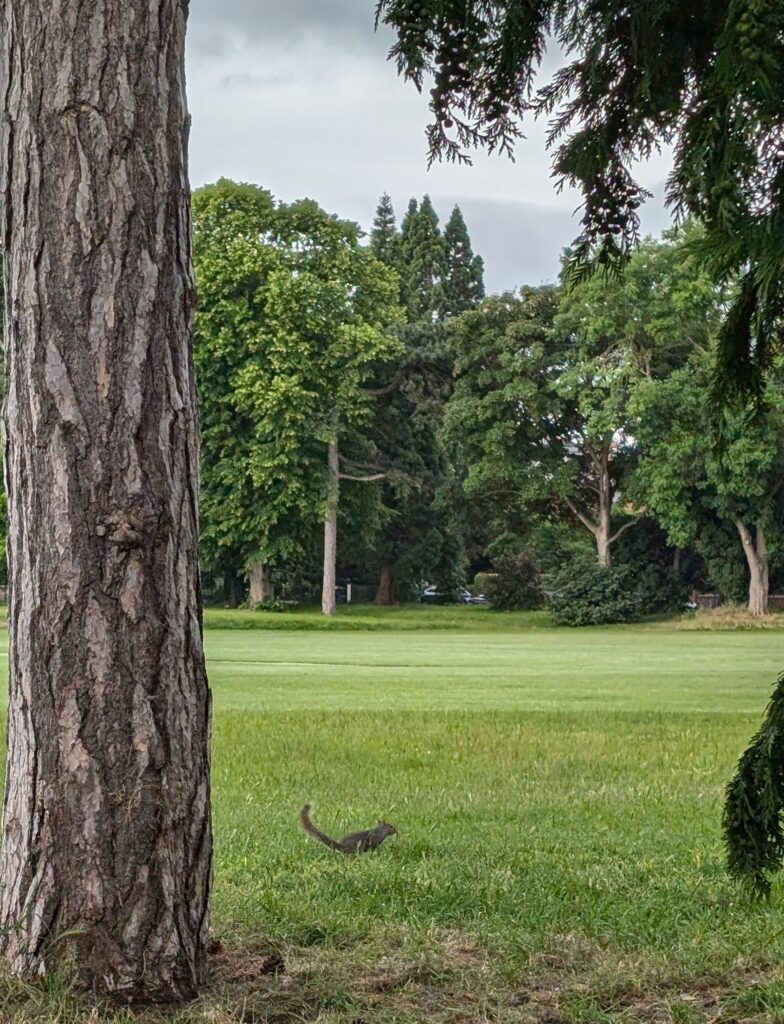
Bats
As the sun sets, Kenilworth Square transforms, welcoming its nocturnal residents. Bats can be seen swooping through the twilight sky hunting for insects. Bats and their roosts are protected by law in Ireland because numbers for all ten species have declined and some are endangered. In June of this year two species were recorded roosting on Kenilworth Square – Leisler’s Bat in the trees on the West side and the Common Pipistrelle on the East, West and North sides. Bats are nocturnal and hate bright lights, so Kenilworth Square, as it is now, is a haven for them. It is also a safe and vital green transit spot for bats moving territory. They hibernate in trees and old buildings from October till April, depending on the temperature and the availability of insects. Mating occurs in September.
Foxes
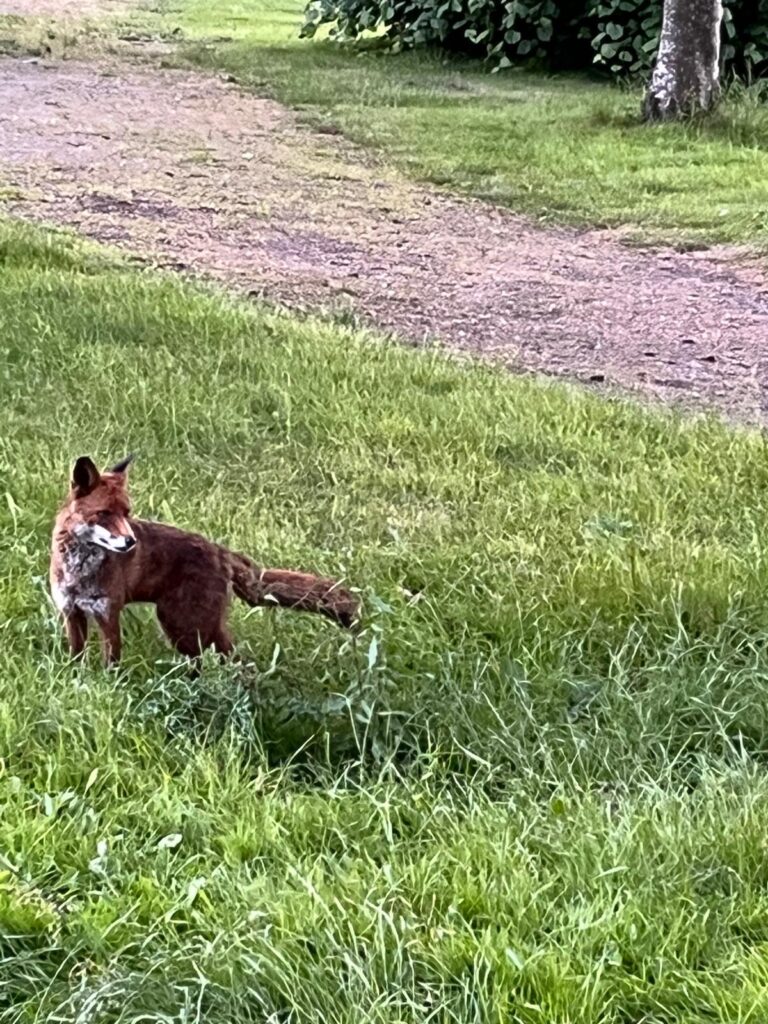
Other nocturnal residents of Kenilworth Square are foxes; their eyes glinting in the moonlight as they navigate the familiar terrain. Foxes can be seen weaving between the trees and along the pathways, occasionally pausing to sniff the air or investigate a rustling leaf. Their presence adds a mysterious allure to the Square, as they search for small prey and scavenge for leftover scraps. The foxes’ silent, yet purposeful activity contrasts with the daytime bustle, revealing a hidden layer of the Square’s vibrant ecosystem that comes alive under the cover of darkness.
Efforts to preserve and enhance the biodiversity of Kenilworth Square are ongoing. Community initiatives and partnerships with local environmental groups aim to protect the habitats of the many species that call the Square home.
